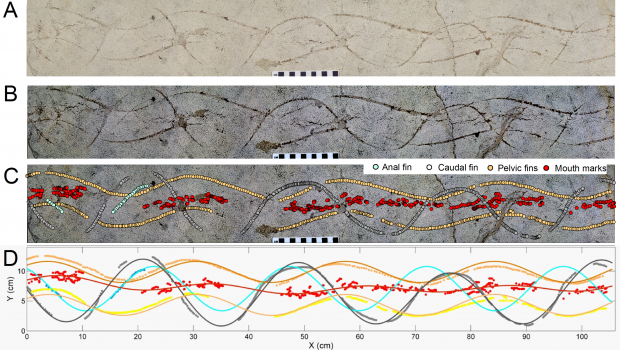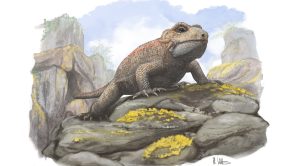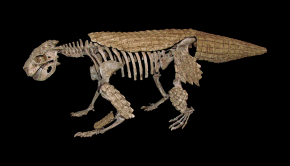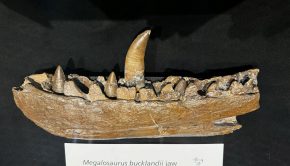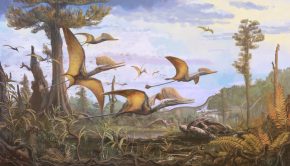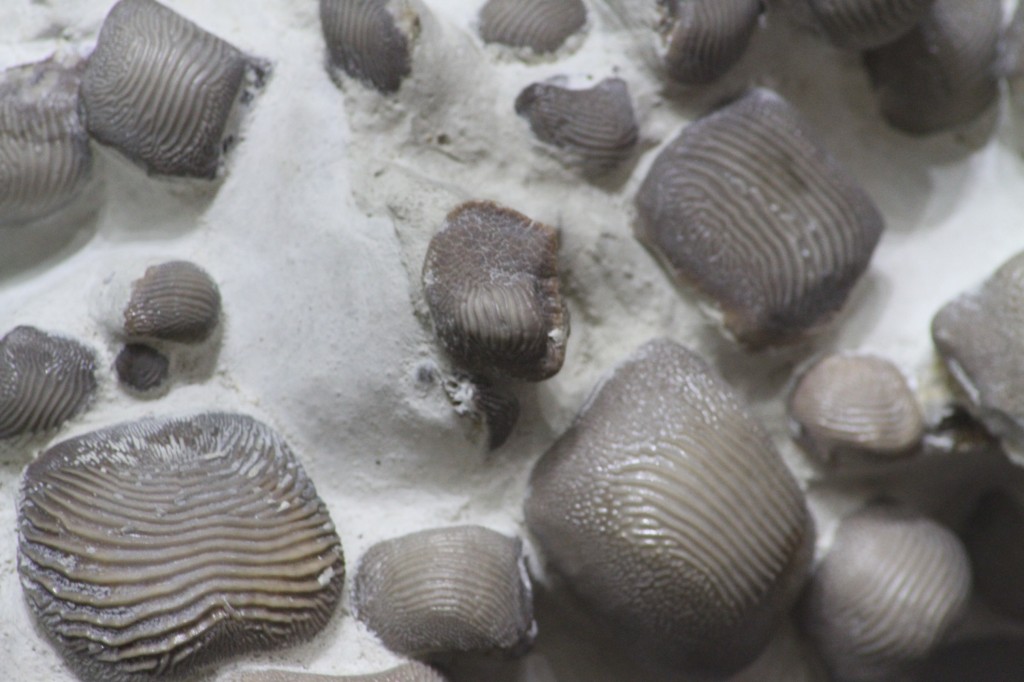Episode 14: Trace Fossils
Ichnology is the study of trace fossils (also termed ichnofossils). Opposed to body fossils, the physical remains of an organism, trace fossils are the fossilised interactions between an organism and the substrate/sediment and include such things as trackways, excrement, burrows, bite marks and borings. Both body fossils and trace fossils are important when studying an organism and especially so in determining palaeoecology (how an organism interacted with its immediate environment). Body fossils can only inform us of the anatomy of the dead organism and its physical constraints, from which we can infer modes of life. Trace fossils, on the other hand, record the activity of organisms in life; it can be possible to see evidence of how certain communities functioned, or how an organism interacted with its environment. However one draw back is that the producer of a trace fossil is not always known, or we can’t be certain that any one organism produced a specific trace.
In this first of a two-part episode, we speak to Prof. Anthony Martin from Emory University, USA, all about trace fossils, why they are important and how they can be used.
In this second part, we discuss burrowing habits in dinosaurs and how they could potentially have over-wintered in burrows at the South Pole.
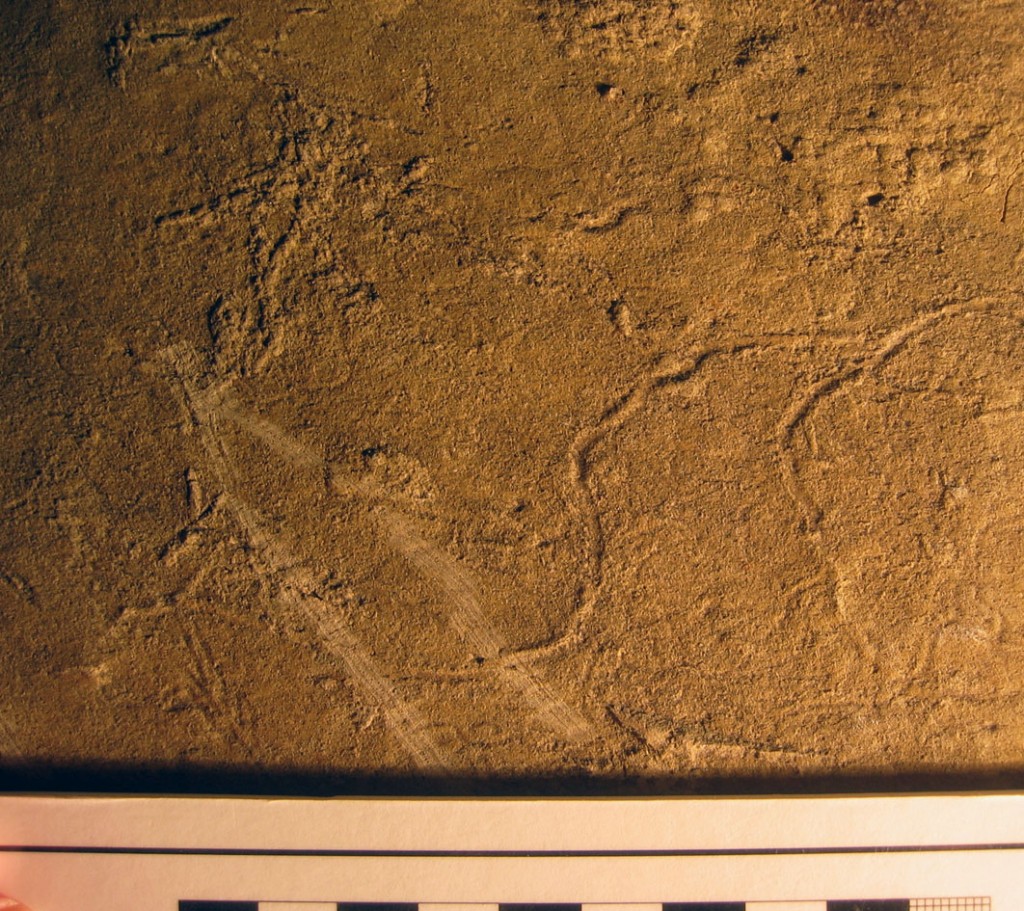
Trace fossils are important for defining the boundaries of the Precambrian Ediacaran period. The upper GSSP (Global Boundary Stratotype Section and Point: the internationally defined boundaries on the geological time scale) for the Ediacaran period is taken from the first occurrence of the Treptichnus pedum trace fossil. Some of the first evidence of ‘complex life’ in the fossil record comes from trace fossils. Here we can see Ediacaran trackway.
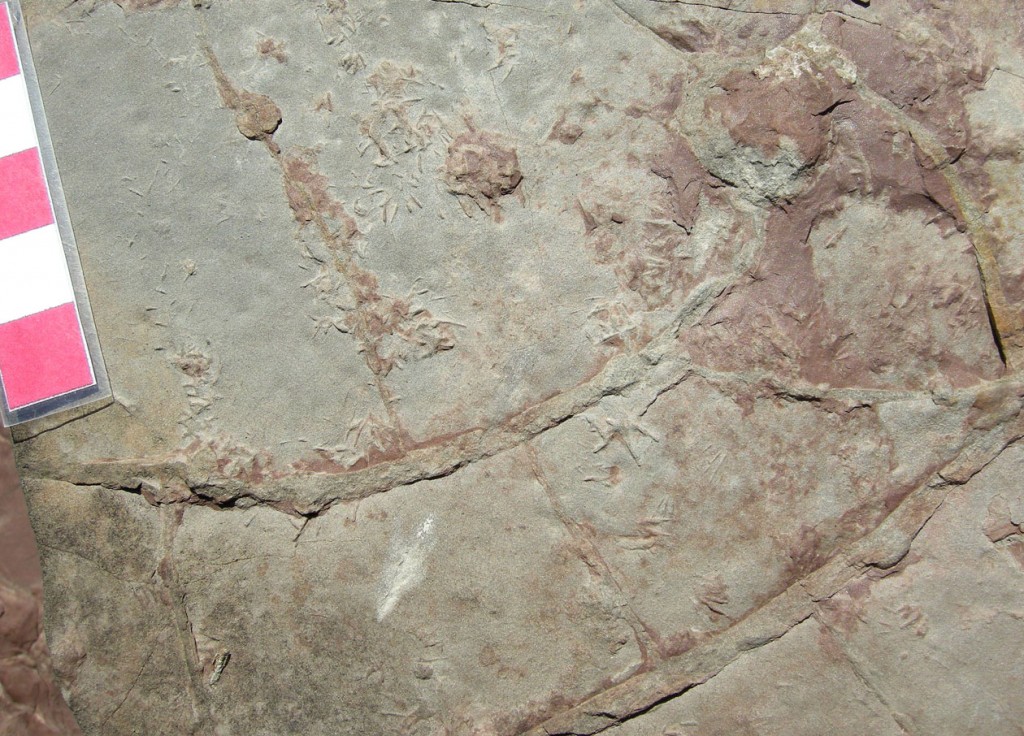
Trilobites are a group of animals to which trace fossils are often assigned (See Episode 2). Here we can see trackways, burrows and scratch marks produced by trilobites.
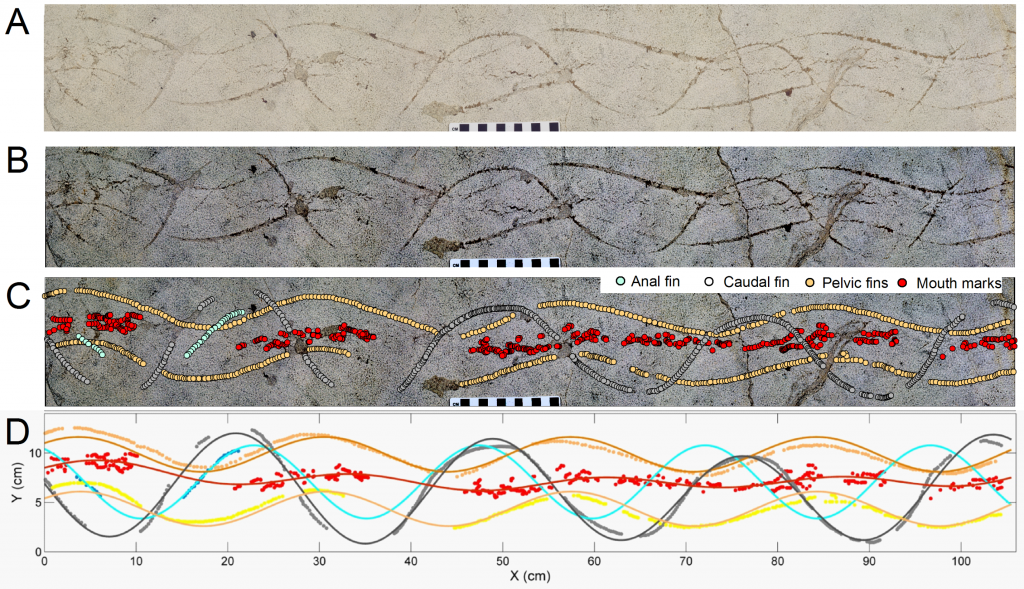
A recent study of a trace fossil from the Green River Formation, USA, was able to pair a trace fossil with a specific producer, whilst also interpreting its size and relative age.
A – Digital composite photograph of specimen. B – Digitally enhanced composite photograph, emphasizing contrast of trace fossil from host lithology. C – Digitized points assigned to waveforms in the trace fossil, with labeling tentatively assigned to presumed body parts (caudal fin, anal fin, pelvic fins, mouth). D – Fitted waveforms showing extrapolated paths of body parts, and superimposed onto plots taken from trace fossil. Colors of fitted waveforms describe each presumed body part, as indicated in the legend.
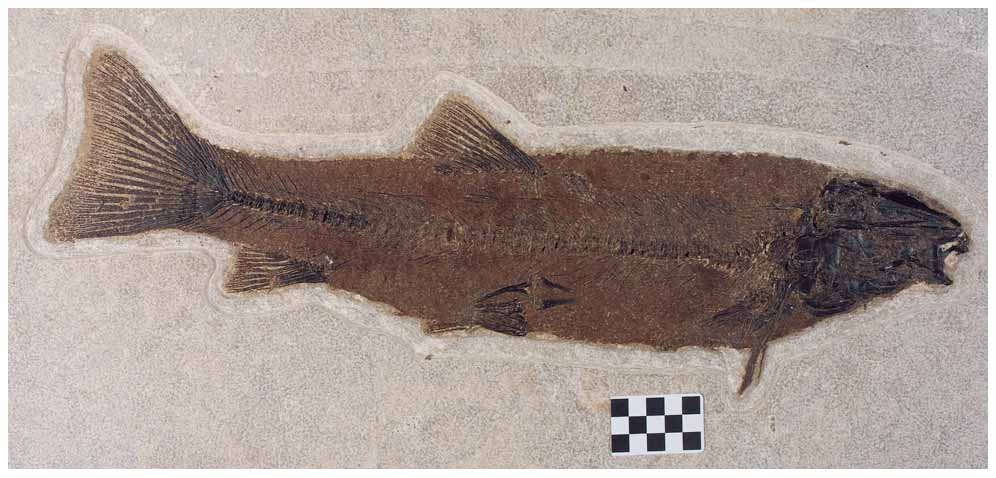
Full-size (53-cm long) adult specimen of Notogoneus osculus Cope (Yes, that Cope from episode 13), about 13% longer than the tracemaker interpreted for the trace fossil above; scale in centimetres. Specimen is in Fossil Butte National Monument collection; photograph by Arvid Aase.
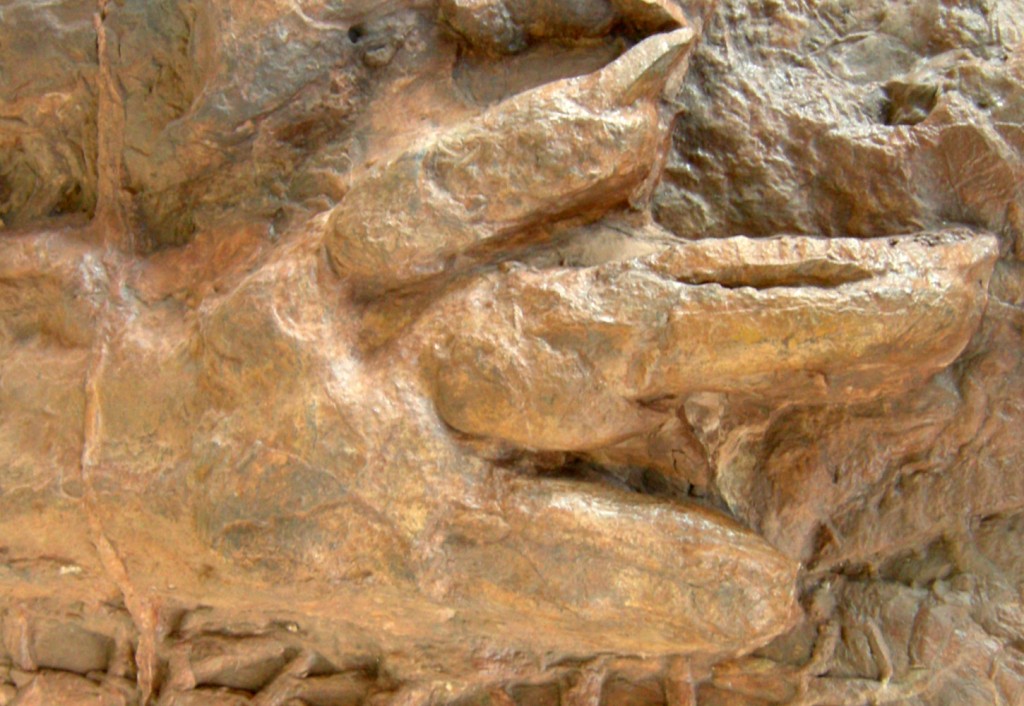
Trackways are some of the most instantly recognisable trace fossils. They hold so much more information than just the shape of the foot and estimated weight of the producer. Information such as speed, stride length and weight distribution can also be estimated. (See episode 9 for more). Here we see Eubrontes, a dinosaur footprint in the Lower Jurassic Moenave Formation at the St. George Dinosaur Discovery Site. Image credit: Mark A. Wilson
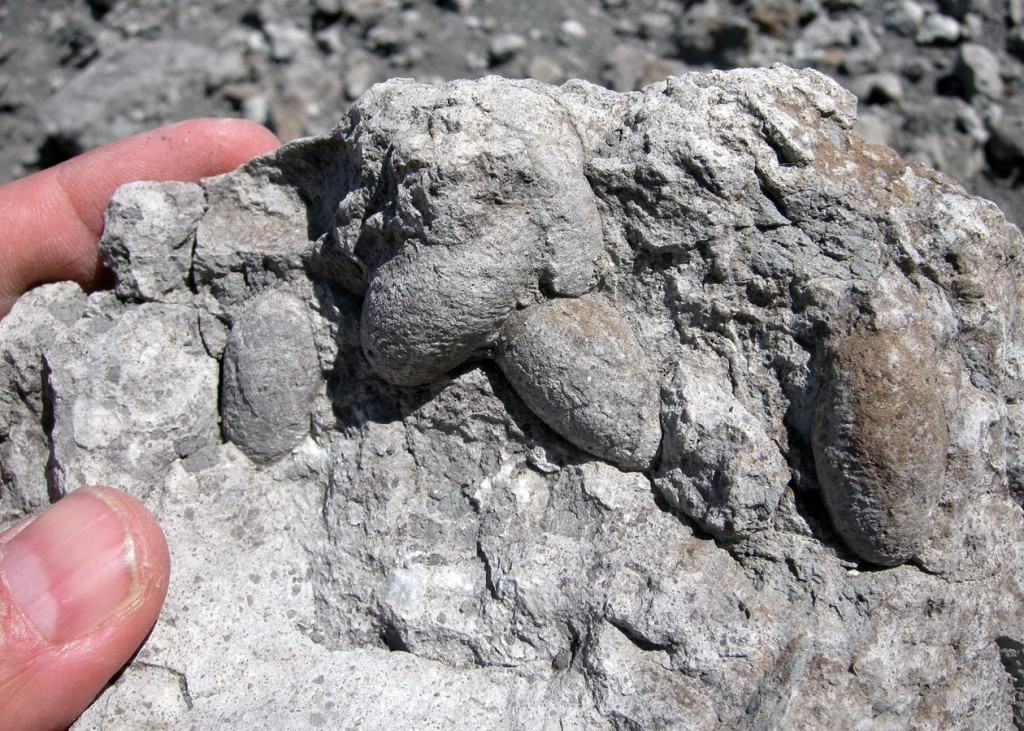
There can be a blurred line between what is classed as a body fossil and what is a trace fossil. Many structures can be produced by a body, such as excrement or even vomit, these are classed as trace fossils as they do not physically form part of the organism. However materials such as teeth, leaves or arthropod exoskeletons temporarily form part of an organism, yet these are classed as body fossils. This picture shows cocoons from the Cretacous of Montana, USA. Are they trace fossils or body fossils? What defines the two? Let us know your thoughts in the comments section below.
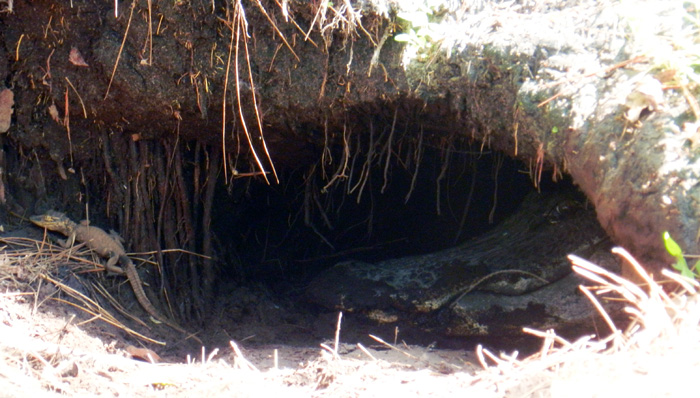
A very large modern trace associated with its tracemaker: the burrow of an American alligator (Alligator mississippiensis), with a hatchling (left) and mother (right) for scale, St. Catherines Island, Georgia.
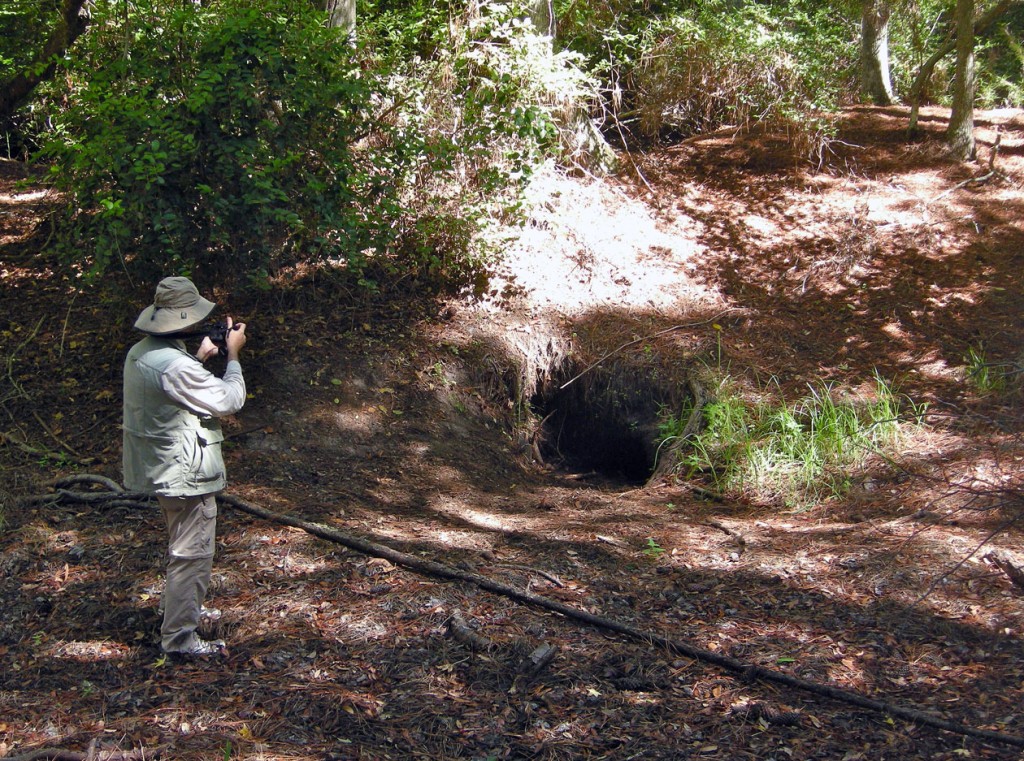
These burrows are being used as a den, similar to what was interpreted for the distantly-related Cretaceous ornithopod dinosaur Oryctodromeus cubicularis. At the time, Prof. Martin (pictured) was blissfully unaware of the den’s occupants. Image credit Ruth Schowalter.
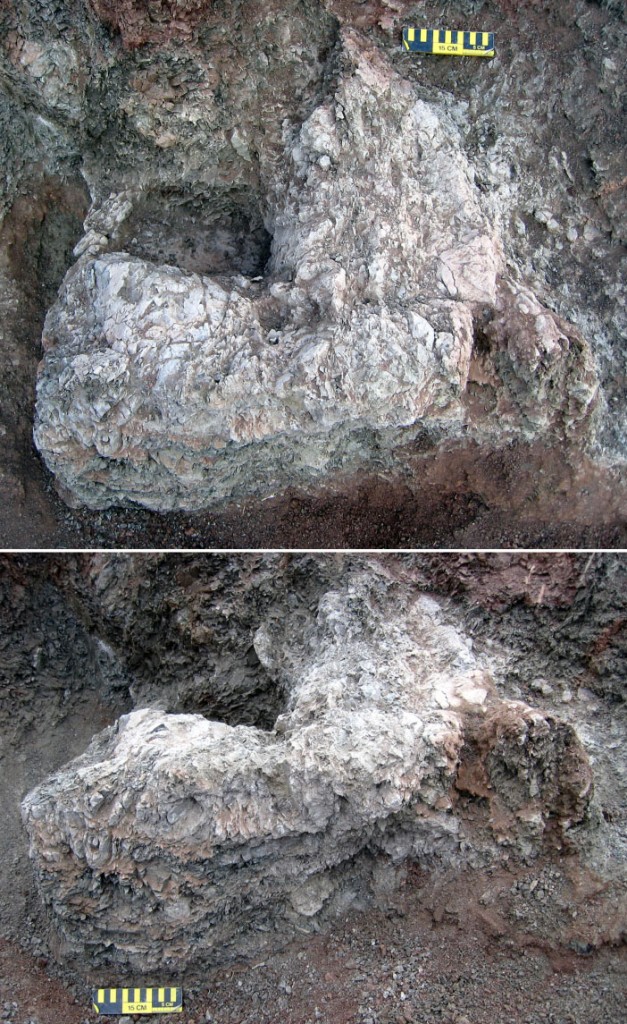
Natural sandstone cast of an Oryctodromeus burrow from the mid-Cretaceous Blackleaf Formation of south-western Montana. The burrow was excavated by Varricchio and Martin in September 2005 and was a key piece of evidence in showing O. cubicularis was both a burrowing and denning dinosaur. In these photos, the burrow chamber is missing (left), having been taken from the site earlier in the year. Preparation at the Museum of the Rockies (Montana) revealed the chamber to have concealed an adult and two juvenile specimens. The adult possessed physical characteristics that further indicated its adaptation for burrowing.
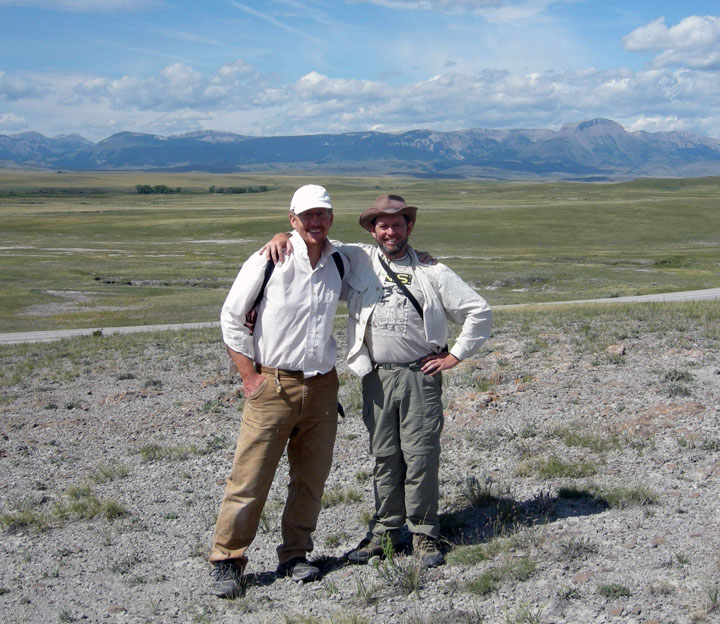
Two of the co-discoverers of Oryctodromeus, David Varricchio (left) and Anthony Martin (right), standing on top of the Late Creteaceous rocks of Egg Mountain in northwestern Montana, USA. Photo taken by Frankie Jackson.
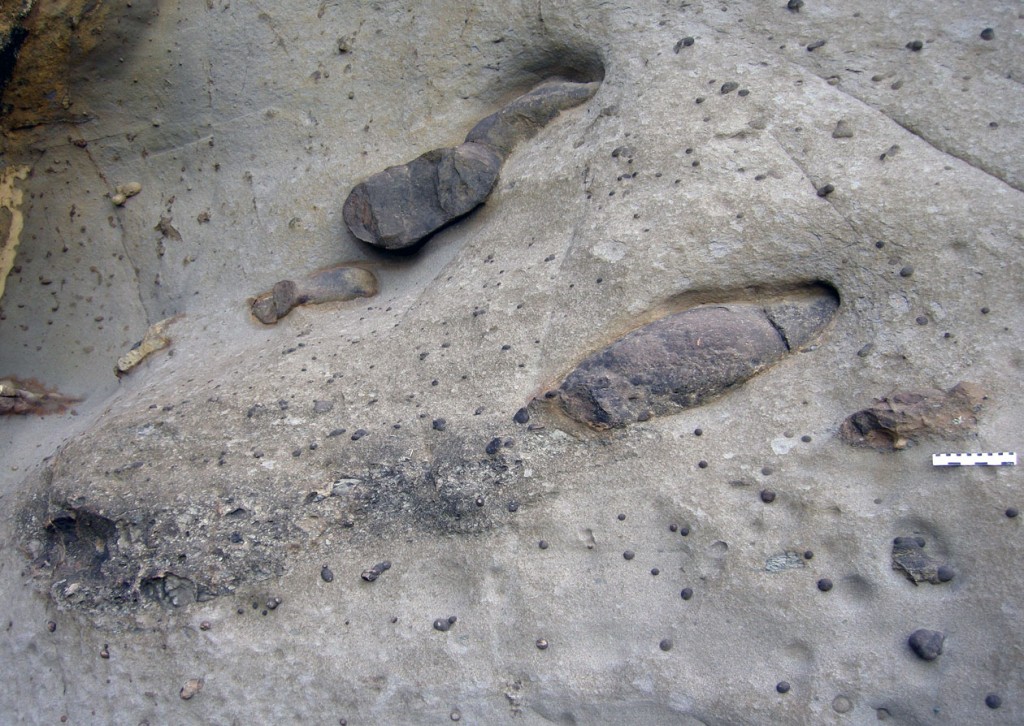
Large structure (about 2 m long) in sandstone-conglomerate of the Early Cretaceous Eumeralla Formation (105 million years old) of Victoria, Australia, interpreted as the burrow of a small dinosaur by Martin. At the time these sediments were deposited and the burrow formed, this part of Australia was joined to Antarctica and close to the South Pole. Small dinosaurs, mostly ornithopods, were common to this area, so this burrow, and others like it, might have been used for protection during polar winters.
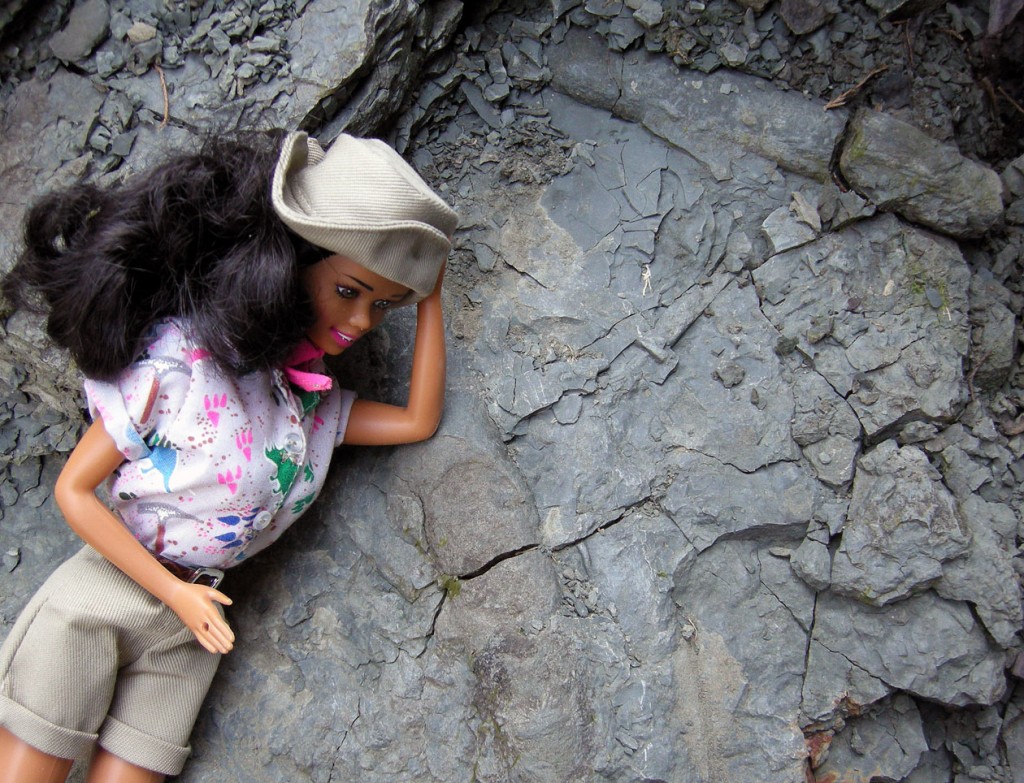
Prof. Martin’s secret Sci-Comms weapon: PaleoBarbie, here closely examining a Trichophycus specimen.
Unless otherwise stated, all images courtesy of Prof. Tony Martin.

